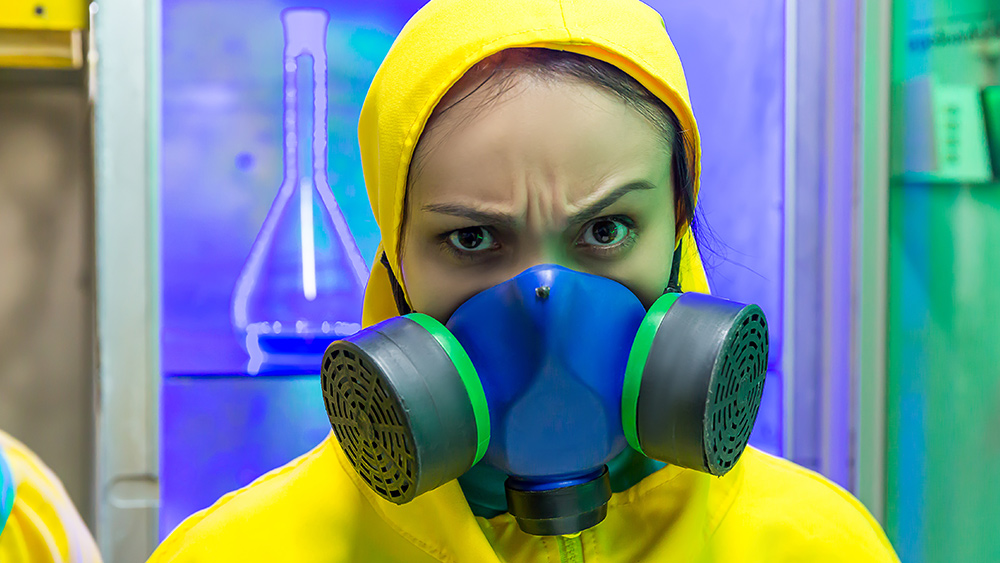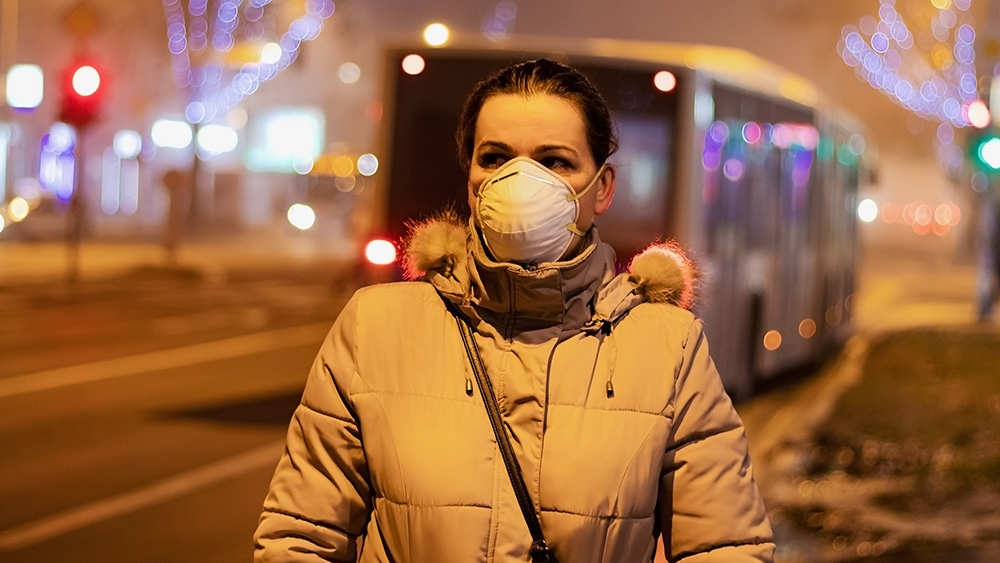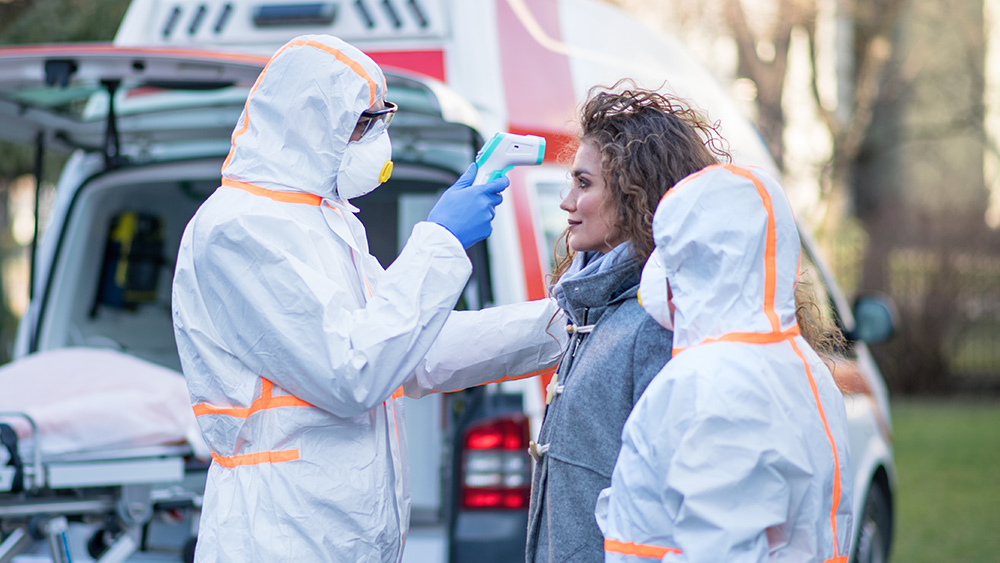Coronavirus can KILL 1.7 million Americans if left unstopped, says CDC
03/16/2020 / By Michael Alexander

The Centers for Disease Control and Prevention (CDC) says up to 214 million Americans could get sick, while 1.7 million could die if the current status of the coronavirus pandemic continues to worsen.
The CDC made the announcement during a closed-door meeting held last month among CDC officials and dozens of health experts and epidemiologists from around the world, according to the New York Times, which first broke the story.
During the meeting, one of the CDC’s leading epidemiologists presented four scenarios that showed the possible trajectories the virus could take, as well as the effects of its spread throughout the United States.
For the absolute worst-case scenario, the CDC said between 160 million and 214 million people would get sick with COVID-19, the deadly illness caused by the Wuhan coronavirus which, after originating in China, has since spread to other parts of the world.
According to the CDC, in their projection, even if interventions such as drive-thru testing and barring visitors from nursing homes were to be started immediately, as many as three million Americans might still fall ill.
‘We’re being very, very careful to make sure we have scientifically valid modeling that’s drawing properly on the epidemic and what’s known about the virus,’ Ira Longini, one the epidemic experts present during the meeting, said.
“You can’t win. If you overdo it, you panic everybody. If you under-do it, they get complacent. You have to be careful,” she added.
In the four different scenarios, each person who is diagnosed with the coronavirus is assumed to infect two to three people. According to the CDC, the hospitalization rate is either three percent or 12 percent; and either .25 percent or one percent of all infected people will die. (Related: Coronavirus ravages North America: More US states report upswing in cases; even Canadian PM’s wife tests positive)
For the CDC’s worst-case scenario, as many as 21 million people were hospitalized, and up to 1.7 million people died.
The hospitalization scenario according to experts, can derail the American healthcare system, especially since data provided by the American Hospital Association shows that the United States only has a little more than 924,000 staffed beds in its hospitals, of which fewer than a tenth are for people who are considered to be critically ill.
In addition, the CDC said during their presentation that the infections—which the World Health Organization (WHO) has declared to be a global pandemic—could last months or even over a year. According to the CDC, infections in the United States could be concentrated in shorter periods and staggered across time in different communities.
According to officials, the outbreak’s trajectory, while dependent on decisive action from medical authorities and the government, also depends on the behavior of the general public and how well they follow rules and protocols.
“When people change their behavior, those model parameters are no longer applicable,” Lauren Gardner, an epidemic expert at Johns Hopkins, said in an interview with the New York Times.
“There is a lot of room for improvement if we act appropriately,” she added.
Among the recommended policies and measures that can be taken by authorities and the public to help prevent further coronavirus infections are the implementation of work-from-home schemes for employees, the banning of mass gatherings and the imposition of travel restrictions.
Other official recommendations include the frequent washing of hands, cleaning and disinfecting surroundings, and the self-quarantining of individuals if they get sick.
As of this writing, more than 144,824 people around the world have been infected by the virus, and more than 5,398 people have died.
For more up-to-date information about the coronavirus pandemic, visit Pandemic.news.
Sources include:
Tagged Under: CDC, chaos, China, Collapse, coronavirus, coronavirus tests, covid-19, deaths, disaster, Flu, government, infections, outbreak, pandemic, State of Emergency, superbugs, virus



















